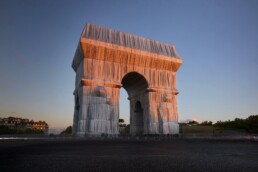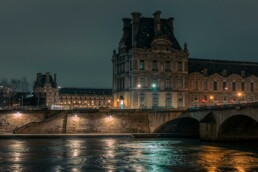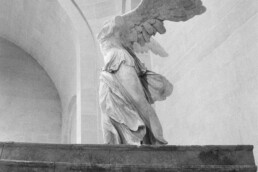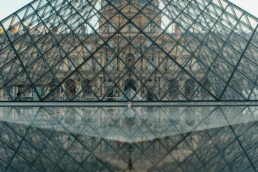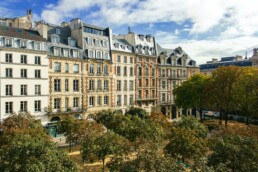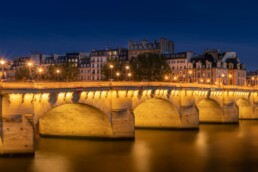In the labyrinthine galleries of the Louvre, among the masterpieces that adorn this temple of art, rests a painting that captures the eye and the imagination: “An Odalisque.” This work, bathed in mystery and sensuality, invites us on a contemplative journey to the heart of a dreamed Orient.
The Odalisque, reclining on sumptuous cushions, is a vision of grace and voluptuousness. Her pale skin contrasts with the rich fabrics that surround her, a play of light and texture that the painter has captured with unparalleled finesse. Visitors to the museum, pausing before this intimate scene, are often struck by the tranquility emanating from the figure. An anecdote recounted by a museum guard tells of a day when a poet, moved by the serene beauty of the Odalisque, sat before the painting for hours, scribbling inspired verses in an old leather notebook.
The creation of this work dates back to a time when Orientalism inflamed the imagination of European artists. The painter, fascinated by exotic tales and distant landscapes, sought to capture the essence of a world he had never seen with his own eyes. To do so, he surrounded himself with imported objects and textiles, recreating in his studio an atmosphere conducive to inspiration. One night, while working late by the flickering candlelight, he had a fleeting vision of a veiled woman who disappeared as suddenly as she had appeared. This fleeting moment, etched in his memory, became the genesis of his Odalisque.
The work was first exhibited at a Parisian salon, where it sparked both admiration and controversy. Critics were divided between those who praised the painter’s technical mastery and those who denounced what they perceived as an exotic and stereotypical idealization of the Orient. A famous writer, present at the inauguration, was particularly eloquent in his defense of the painting, asserting that art’s purpose was not to faithfully reproduce reality but to transcend the everyday and reach a universal truth.
In the years that followed, “An Odalisque” found its place in the Louvre, where it became an inexhaustible source of inspiration for artists and dreamers. A painter of the new generation, fascinated by the mastery of colors and shadows, spent hours studying the smallest details of the canvas, seeking to uncover the secrets of its creator. One day, he was caught whispering words into the Odalisque’s ear, as if hoping the figure would respond to his silent questions.
Even today, “An Odalisque” continues to captivate Louvre visitors, offering an enchanted escape into a world of softness and mystery. Every glance cast upon the canvas is an invitation to daydream, a bridge to an elsewhere reinvented by the genius of an artist in search of the infinite. Thus, in the hushed calm of the Louvre’s galleries, the Odalisque remains a timeless symbol of beauty and fascination, a reflection of the human soul in search of transcendence.
Lire également :
9 November 2024
Wrapped Memories: Christo’s Arc de Triomphe
7 November 2024
The Louvre: Between Fortress and Patronage
5 November 2024
Victory of Samothrace: Eternal Triumph at the Louvre
5 November 2024
The Louvre Pyramid: Symbol of Architectural Boldness
5 November 2024
The History of Place Dauphine: A Parisian Evocation
5 November 2024
The History of the Pont Neuf: A Parisian Reminiscence
29 May 2019
Jean-Paul Sartre
28 May 2019




